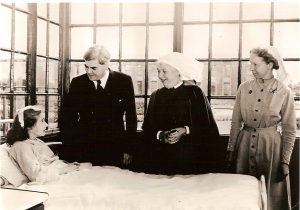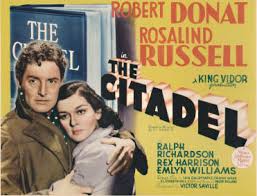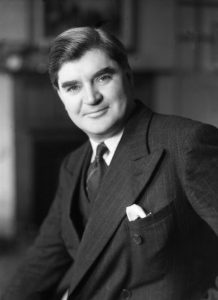A story about a story-telling brand
They say that branding is about differentiation but if you think about luxury watches and you’re thinking of Rolex, Breitling, IWC, Zenith, Tag Heuer or Longines, you are thinking about a brand based in Switzerland and which was established over 100 years ago. Not so very different from one another then.
There is however a smaller but highly respected brand. It is based in England but named after a French Farmer. It was founded less than 20 years ago, in 2002.
What differentiates it, is not that their watches are more accurate and reliable, though they are both accurate and reliable. No, what differentiates them, is their story and the stories behind their watches.
In homage to that, this is my take of the story of the birth of the brand and the roles two former pilots played in its creation…
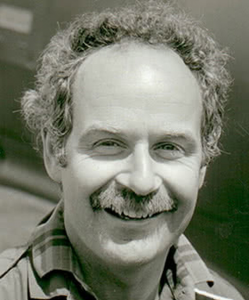
Euan English was an ex-RAF pilot with a PhD in Aeronautical Engineering. He had a passion for restoring and flying old aircraft and a love of mechanical timepieces. He would often buy old clocks at auctions and try and get them going again.
He had two sons, Nick and Giles, and as they grew up, they spent much of their childhood helping him make and restore things in his workshop.
The three of them even built an aircraft that the Nick and Giles still fly.

Then, in March 1995 tragedy struck. Nick and Euan were practicing for an air display in a 1942 WWII Harvard aircraft. it was involved in a dreadful accident; Euan was killed, and Nick was seriously injured. He had broken over 30 bones and the doctors were worried that he might die too.
Giles had been waiting to take off for the next sortie when was told about the accident and the death of his father.
Six months later, things looking were looking a bit better. Nick was recovering and back in the air, being flown by Giles.
Together they agreed that life was too short to waste and they should find something they could do together and which they both loved. They decided they wanted a life dedicated to crafting beautifully engineered mechanical devices.
A few years later Nick & Giles were flying again, this time across France in their 1930’s biplane. However, on this day, another fateful series of events was conspiring to come together; with the weather closing in and a rough-running engine, they decided they would have to make an emergency landing.
They landed in a field and were met by a friendly farmer. It turned out that the farmer, like their father, had also flown aircraft during the war and was a gifted engineer. The brothers stayed in his home and their aircraft was wheeled into a barn.
The boys soon noticed another similarity with their father, as, along with numerous engine parts there were half-restored clocks on the walls and tables all around the farm. The farmer wore his father’s old wristwatch.
The brothers couldn’t believe their luck and enjoyed his warm hospitality. When they left, they promised him that he wouldn’t be forgotten.
His name? Antoine Bremont
True to their word, when the brothers launched their own brand of luxury pilot’s watches, there was never any doubt that the brand would be called Bremont.
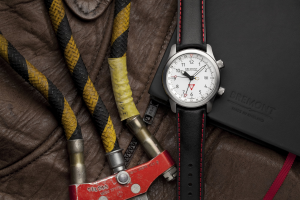
The brand has carved a successful niche amongst those much older and mostly Swiss brands by making what their website describes as “beautifully crafted pilot’s watches of exceptional quality”… that are all “tested beyond the normal call of duty”.
All their watches are hand built in limited numbers only and of course they come complete with a story.
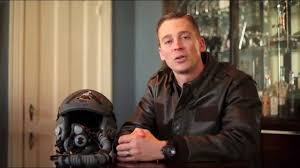
There is a range inspired by a B-2 Stealth bomber pilot who wanted a completely black watch to match his completely black aircraft.
They tell a story about how they are the only company to test their watches for supersonic ejector seat deployment from a fighter plane. They will also fit your watch with a special red bezel if you are a pilot who has successfully ejected from a plane, though they hope they don’t have to fit too many of those!
And the moral is we all love a good story and telling one can help lift and differentiate your brand. What’s your story?
